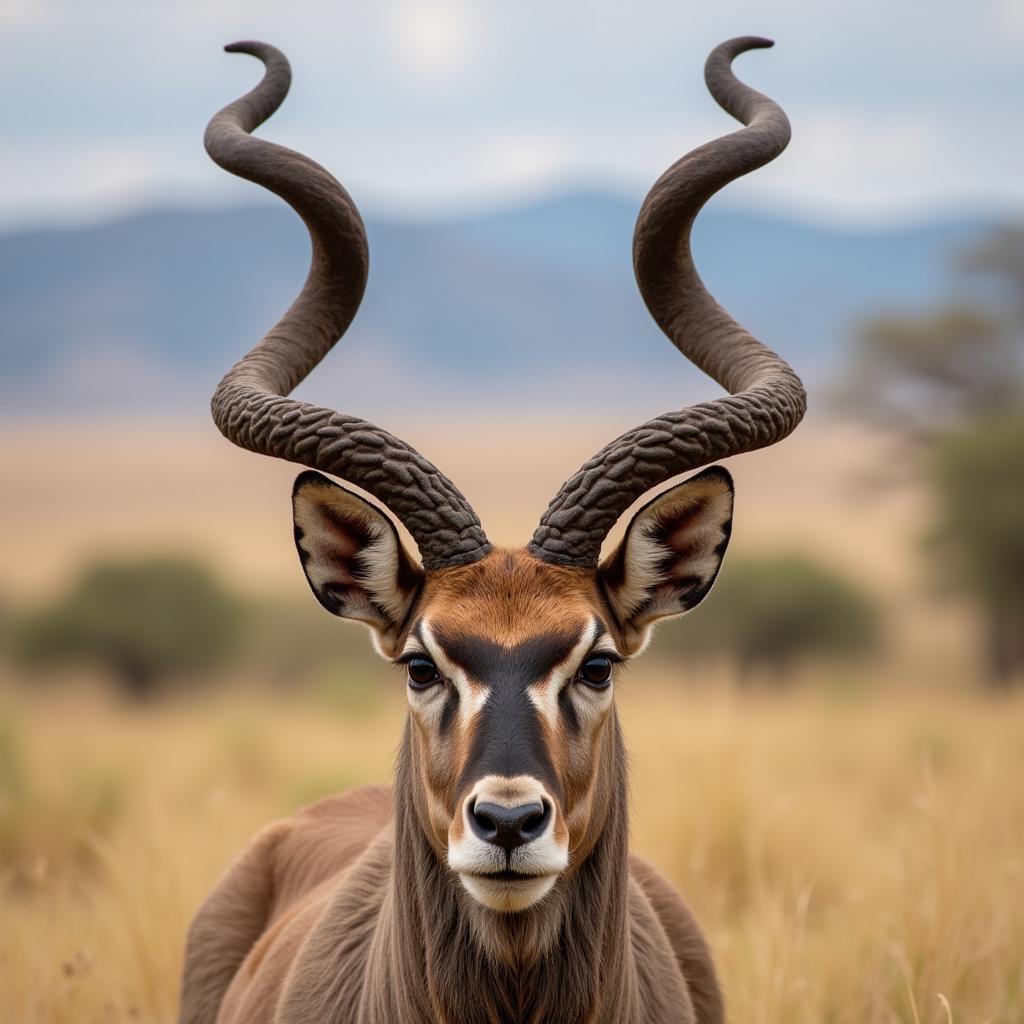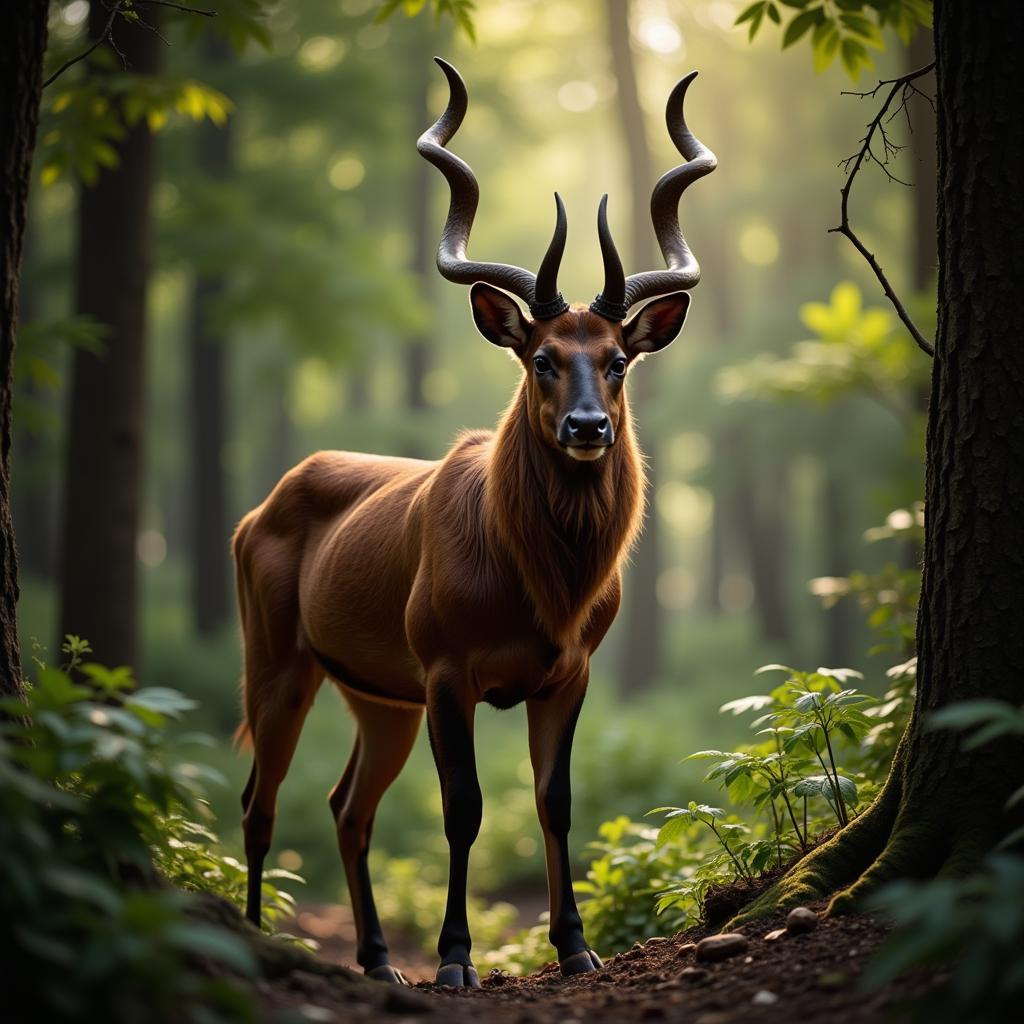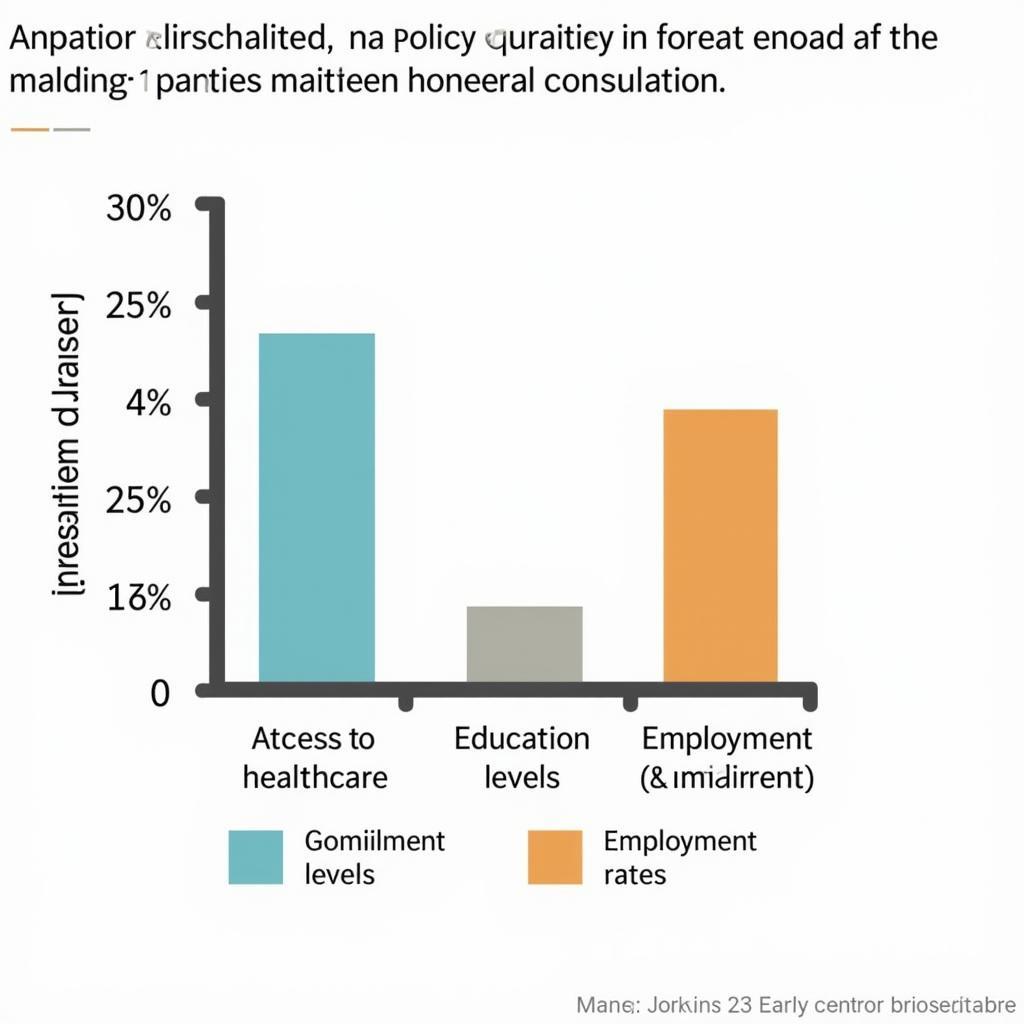Unveiling the African Deer with Twisted Horns
African Deer With Twisted Horns, a captivating sight in the African wilderness, evoke a sense of wonder and curiosity. These majestic creatures, with their spiraling horns, embody the beauty and diversity of the African continent. Let’s delve into the fascinating world of these unique animals, exploring their characteristics, habitats, and the challenges they face.
What Defines an African Deer with Twisted Horns?
When we talk about “African deer with twisted horns,” we’re often referring to various antelope species. True deer, as found in Europe or North America, are not native to Africa. The term often encompasses antelope like the greater kudu, lesser kudu, nyala, eland, and bushbuck, all of which sport impressive, spiraled horns. These horns, primarily found on males, are used for defense against predators and in competition for mates. Their unique twist and impressive length make them a striking feature of these animals.
What makes these horns so fascinating? Unlike antlers, which are shed and regrown annually, horns are permanent and continue to grow throughout the animal’s life. The spiral shape, unique to each species, adds to their allure and contributes to their visual distinctiveness.
Habitats of the Twisted-Horned Antelope
These magnificent creatures inhabit a diverse range of habitats across sub-Saharan Africa, from dense woodlands and savannas to mountainous regions. The greater kudu, for instance, favors rocky hillsides and wooded areas, while the nyala prefers dense thickets and riverine forests. Their adaptability to different environments showcases their resilience and contributes to their survival in the vast African landscape.
Where exactly can one spot these animals? While spotting them requires patience and a keen eye, national parks and game reserves across eastern and southern Africa offer the best opportunities. These protected areas provide a haven for the twisted-horned antelope and allow visitors to witness their beauty in their natural environment.
african antelope with curved horns
The Significance of Horns in African Culture
The horns of these animals hold significant cultural value for many African communities. They are often used in traditional ceremonies, rituals, and as decorative elements. The spiral shape, symbolizing strength and resilience, is deeply embedded in the cultural fabric of various tribes. In some cultures, the horns are believed to possess magical properties and are used in traditional medicine.
“The majestic spiral of the kudu’s horns represents the continuous cycle of life and death, a powerful symbol in many African traditions,” says Dr. Anika Nkosi, a cultural anthropologist specializing in East African traditions.
Threats and Conservation Efforts for African Deer with Twisted Horns
Despite their resilience, these remarkable animals face numerous threats, including habitat loss due to deforestation and human encroachment, poaching for their horns and meat, and competition with livestock for resources. These challenges highlight the urgent need for conservation efforts to protect these animals and their habitats.
Several organizations are working tirelessly to combat these threats through anti-poaching patrols, habitat restoration projects, and community engagement initiatives. “Protecting these magnificent creatures requires a multi-faceted approach, involving local communities, governments, and conservation organizations working together,” states Dr. Joseph Mwangi, a wildlife biologist with over 20 years of experience in African conservation.
african antelope with curved horns
Why are these antelope often mistaken for deer?
The term “African deer with twisted horns” is a colloquialism, arising from the superficial resemblance of these antelope to deer found elsewhere in the world. The spiral horns, coupled with their graceful movements, contribute to this misconception. However, they belong to a distinct family, the Bovidae, which includes cattle, sheep, and goats.
Where can I learn more about these fascinating animals?
For a deeper understanding of these captivating creatures, you can explore reputable wildlife websites, documentaries, and scientific publications. These resources offer valuable insights into their behavior, ecology, and conservation status.
 Greater Kudu with Twisted Horns
Greater Kudu with Twisted Horns
The Beauty of Biodiversity
The African deer with twisted horns, or more accurately, the twisted-horned antelope, are a testament to the incredible biodiversity of the African continent. Their unique features, diverse habitats, and cultural significance make them an integral part of the African ecosystem. By understanding and appreciating these magnificent creatures, we can contribute to their conservation and ensure their survival for future generations.
Conclusion
The African deer with twisted horns, a captivating symbol of Africa’s rich biodiversity, deserve our attention and protection. These magnificent antelope, with their spiraled horns and unique characteristics, enrich the tapestry of the African wilderness. By supporting conservation efforts and appreciating their beauty, we can contribute to their continued existence in the heart of Africa.
 Nyala with Impressive Twisted Horns in Dense Forest
Nyala with Impressive Twisted Horns in Dense Forest
FAQ
- Are there actual deer in Africa? No, true deer are not native to Africa. The “African deer with twisted horns” are actually various antelope species.
- What is the purpose of the twisted horns? The horns primarily serve as weapons for defense against predators and for competition between males during mating season.
- Which antelope species have twisted horns? Several antelope species have twisted horns, including the greater kudu, lesser kudu, nyala, eland, and bushbuck.
- Where can I see these antelope? National parks and game reserves in eastern and southern Africa offer the best opportunities to observe these animals in their natural habitat.
- What are the threats to these animals? Habitat loss, poaching, and competition with livestock are among the major threats to twisted-horned antelope.
- How can I support their conservation? Supporting conservation organizations working to protect these animals and their habitats is crucial.
- What is the cultural significance of their horns? In many African cultures, the horns hold symbolic value and are used in traditional ceremonies and rituals.
If you need further assistance, please contact us:
Phone: +255768904061
Email: [email protected]
Address: Mbarali DC Mawindi, Kangaga, Tanzania.
We have a 24/7 customer service team.

